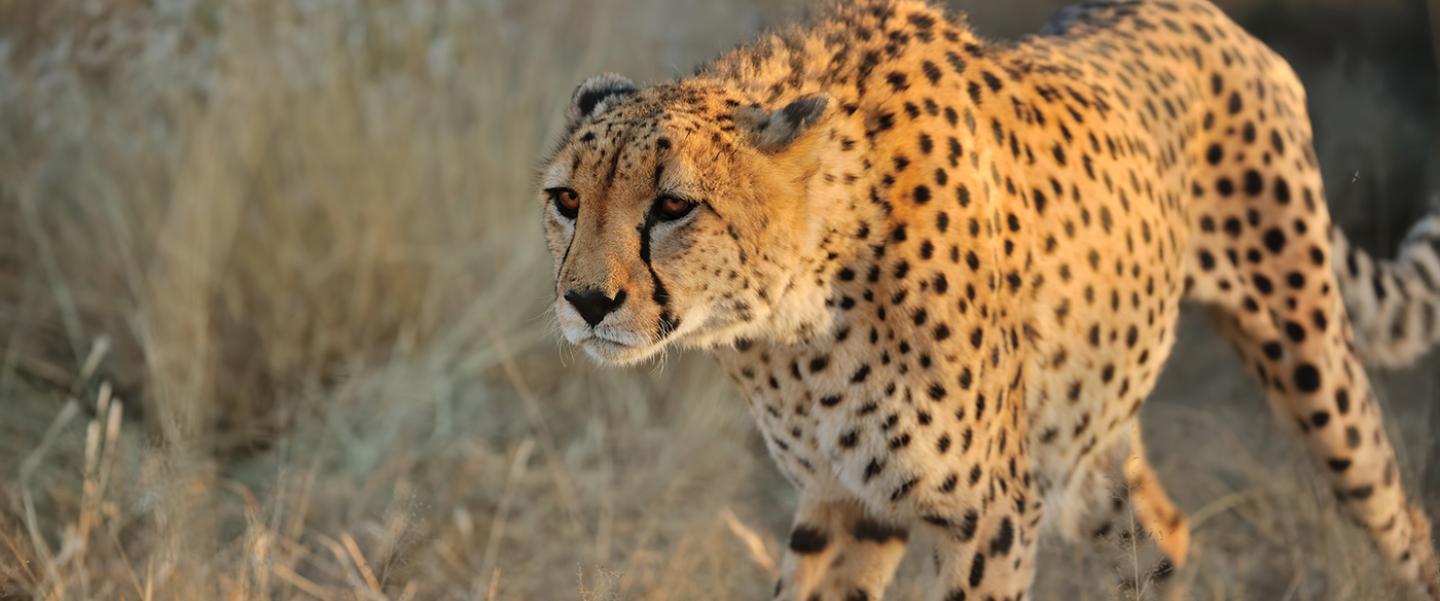HIGHLIGHTS
- Was the initiative to increase tourism in Namibia successful?
- Abt Global is building a retrospective picture of the project.
- Our evaluation of the project’s contributions can inform future efforts.
The Challenge
Etosha National Park, one of Namibia’s primary attractions, covers 8,600 square miles of wilderness, including the massive Etosha salt pan and savanna woodlands. Visitors stay in lodges within the park and visit watering holes to watch zebras, giraffes, elephants, and big cats. But Namibia faces fierce competition in safari tourism from better-known parks in Botswana and South Africa.
In 2014 the Millennium Challenge Corporation (MCC) completed a five-year initiative to expand tourism in Namibia. Abt evaluated whether it was successful.
The Approach
The ex-post evaluation assessed MCCs investments in Etosha National Park and its marketing campaign to promote Namibia as a tourist destination. Using a mixed-methods approach, we combined qualitative data from an array of stakeholders and beneficiaries, online surveys, and site observations. Complemented by secondary data from the Namibian government, we examined trends in tourist arrivals, park visitors, and revenue while exploring project documentation to identify creative ways to fill in data gaps.
The Results
The evaluation found that tourism increased slightly during and after the project, but there was not enough evidence to conclude that this increase was attributable to the project. In addition, the evaluation found certain types of interventions, such as infrastructure improvements, were more sustainable than others, such as marketing and institutional reform. The evaluation provided information that MCC and Namibian stakeholders can use to inform the design of tourism projects in the future, particularly with regard to overall scope, timeline, and sustainability.
Related:
